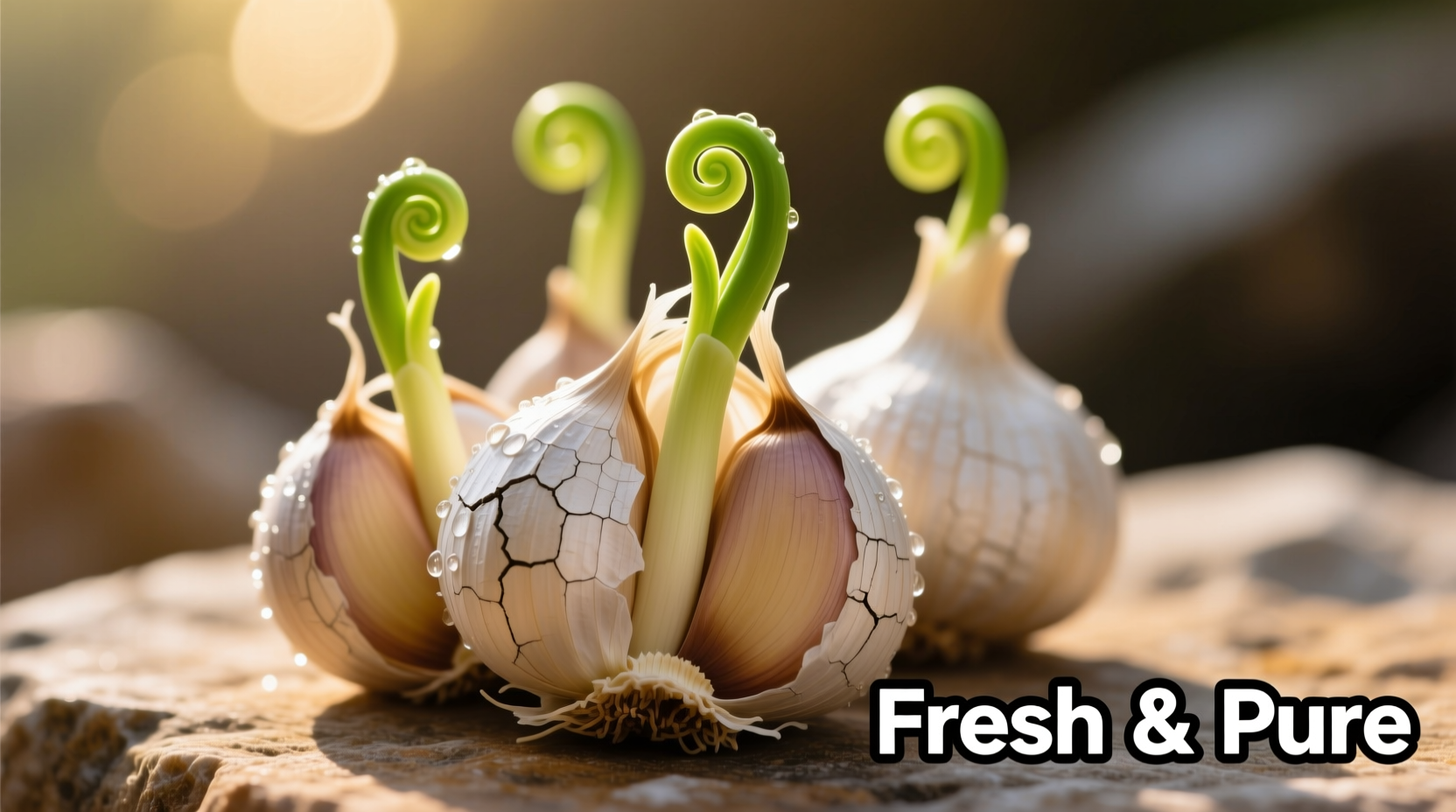Current scientific evidence suggests that while aged garlic extract may slightly reduce the frequency of common colds in some populations, it does not significantly shorten cold duration or severity. A comprehensive Cochrane Review analyzing available clinical trials concludes that the evidence remains limited and of low certainty, with only one high-quality study showing modest preventive benefits.
For centuries, garlic has been celebrated in traditional medicine systems worldwide for its purported immune-boosting properties. But does modern science support using garlic for common cold prevention? As a culinary historian who's traced garlic's journey from ancient Silk Road markets to contemporary kitchens, I've examined both historical applications and current research to provide an evidence-based perspective on this age-old remedy.
What the Research Actually Shows About Garlic and Colds
When evaluating garlic's effectiveness against the common cold, we must distinguish between traditional claims and scientifically validated outcomes. The most authoritative analysis comes from the 2014 Cochrane Review, which remains the gold standard assessment of available evidence.
| Research Aspect | Findings from Cochrane Review | Limitations |
|---|---|---|
| Number of Studies Analyzed | 7 clinical trials (total 798 participants) | Only 1 study rated as low risk of bias |
| Cold Prevention | One study showed 33% reduction in cold incidence | Single study with 146 participants |
| Cold Duration | No significant reduction found | Insufficient evidence across multiple studies |
| Severity of Symptoms | No consistent evidence of improvement | Varied measurement methods across studies |
How Garlic's Active Compounds Work (Or Don't)
Garlic contains allicin, the compound responsible for both its distinctive aroma and potential biological activity. However, allicin is unstable and breaks down quickly when garlic is chopped, cooked, or processed. This creates significant challenges for therapeutic applications:
- Raw garlic must be crushed and allowed to stand for 10 minutes before consumption to maximize allicin formation
- Cooking significantly reduces allicin content (up to 90% loss when boiled)
- Commercial supplements vary widely in actual allicin delivery
- Human studies show inconsistent absorption of garlic compounds
The National Center for Complementary and Integrative Health notes that while laboratory studies show garlic compounds may enhance certain immune cell functions, these effects haven't consistently translated to clinical benefits in human cold prevention.
Practical Considerations for Garlic Use
If you're considering garlic for potential immune support, understanding proper preparation methods matters more than simply consuming larger quantities:
- For raw consumption: Crush cloves and let stand 10 minutes before eating to activate alliinase enzyme
- Daily amount: Studies used approximately 1-2 grams of fresh garlic (about 1-2 cloves)
- Timing: Consistent daily intake appears more important than occasional large doses
- Preparation impact: Raw garlic provides more potential benefit than cooked, but increases gastrointestinal side effects

Realistic Expectations: What Garlic Can and Cannot Do
Based on current evidence, garlic should be viewed as a potential complementary approach rather than a primary cold prevention strategy. The timeline of research reveals important context:
1990s-2000s: Initial promising laboratory studies on garlic's antimicrobial properties
2001: First clinical trial (Lissiman et al.) showing reduced cold incidence with garlic extract
2012-2014: Cochrane Review identifies significant methodological limitations in existing studies
2016-2023: Additional small studies show inconsistent results, none large enough to change Cochrane conclusions
Public health experts consistently emphasize that proven cold prevention methods—regular handwashing, adequate sleep, and stress management—provide more reliable protection than garlic supplementation. The Centers for Disease Control and Prevention recommends these evidence-based approaches as primary prevention strategies.
Safety and Practical Limitations
While generally safe when consumed in food amounts, garlic supplementation carries important considerations:
- Blood thinning effects may interact with anticoagulant medications like warfarin
- Common side effects include bad breath, body odor, and gastrointestinal discomfort
- Topical application can cause skin burns in sensitive individuals
- No established safe dosage for children under 12 years
Consult your healthcare provider before starting garlic supplements, especially if you take medications or have upcoming surgery. The Mayo Clinic advises that garlic supplements may interact with more than 20 common prescription medications.
Integrating Garlic into a Comprehensive Cold Prevention Strategy
Rather than viewing garlic as a standalone solution, consider it as one component of a broader approach to immune support:
- Combine moderate garlic consumption with proven prevention methods
- Focus on overall dietary patterns rather than single "superfoods"
- Manage stress through evidence-based techniques like mindfulness
- Prioritize quality sleep (7-9 hours for most adults)
Historically, traditional medicine systems never relied on single remedies but rather holistic approaches to health. This perspective remains relevant today—garlic may contribute to overall wellness when incorporated as part of a balanced lifestyle, but shouldn't replace established prevention methods.











 浙公网安备
33010002000092号
浙公网安备
33010002000092号 浙B2-20120091-4
浙B2-20120091-4